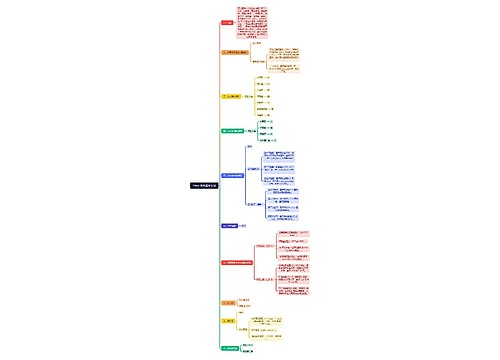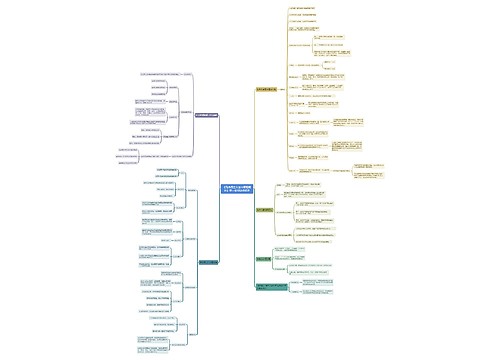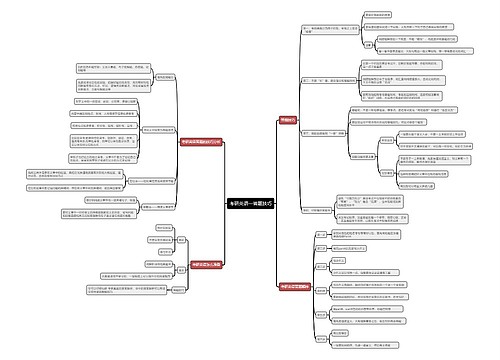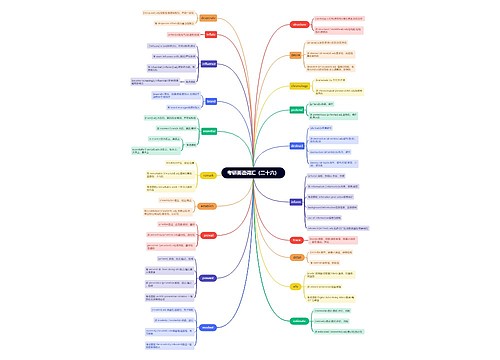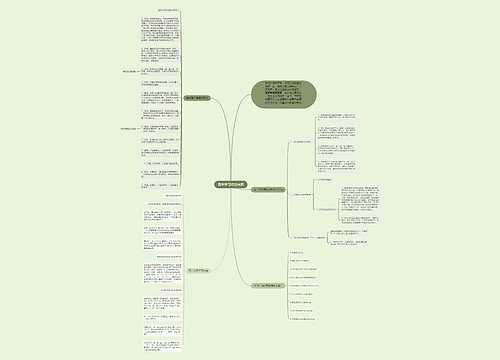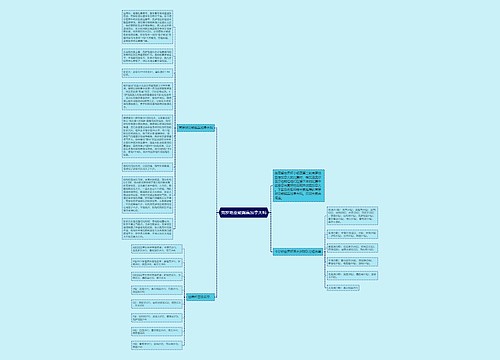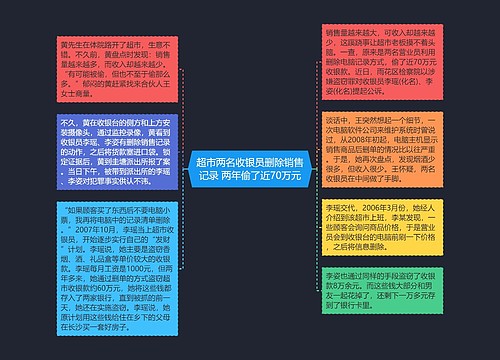The contemporary notion of the underclass is usually defined in terms of not simply income level,but also of individual behavior.It generally includes those residents of impoverished urban ghettoes-most typically black and,increasingly,numerous Latino Populations-who disproportionately bear children young and outside of marriage,commit crimes,do not support themselves through legitimate employment and subsist mainly through public largesse(公共救济).Important recent research has found a great deal of heterogeneity(异质性、不同)within these bad neighborhoods.Many welfare recipients also work,and many other of their neighbors avoid public assistance by working at minimum wage jobs in places like fast food restaurants even when the resulting income is less than what is provided by welfare benefits.Nevertheless,for a significant sub-population,their residence,poverty and deviant behavior often converge in depressingly predictable patterns.
Poor urban minorities are by no means the only Americans who fit this definition of underclass.Many Native Americans,especially on certain reservations,share similar patterns of poverty and behavioral problems as do poor whites in many areas,for example Appalachia(阿巴拉契亚)and other southeastern pockets of poverty.However,as most Americans now live in cities and not in.rural areas,the public's concern over the underclass focuses on the most visible among this group,namely those minority teen mothers we see on the bus,those criminals and drug addicts we worry most about harming us in our daily lives and read about in our local newspapers.
The various efforts to explain the existence of a modern underclass all too often fall along tired political lines.Over-dependence caused by generous welfare benefits;inadequate social welfare programs;spatial mismatch between inner-city jobs and residents;psychological dysfunction,etc:these are claimed by academics and politicians to be the most influential reasons for the economic and social decline among the underclass.
朱维之精通英语、日语、俄语等多国语言,也翻译过一些英文、俄文著作,但他最著名的还是翻译弥尔顿的作品。从上世纪40年代开始,朱维之立志要翻译弥尔顿的三大诗作《失乐园》《复乐园》《斗士参孙》。1951年,他完成了首部《复乐园》的中译本并出版,而后两部却是命运多舛。
翻译要做到"信、达、雅"已不容易,而翻译诗歌比翻译文章要难得多,既要达意,又要符合其神韵。朱维之说:"这是一种难度较大的艺术工作,不但要把原著的字句翻译出来,更主要的是要把它的思想、精神传达出来,还要把作者的特殊风格表露出来。还要有适当的修辞之美,使人读了可以得到艺术上的享受。"因而,每一诗句都要推敲再三、字斟句酌,方可落笔。朱维之数十年呕心沥血,翻译、研究弥尔顿的诗歌作品,数量之多、质量之高,国内无人能够匹敌。
本文由树图网手动整理自中国海洋大学研究生招生信息网,供同学们参考。
以上就是有关【中国海洋大学357英语翻译基础考研试题2021版来啦!】的相关介绍,23考研备考即将告一段落,24考研的小伙伴们可以开始了解相关情况,收集考研资讯了。还有想要知道的考研信息?快快登陆树图网,查询更多惊喜。
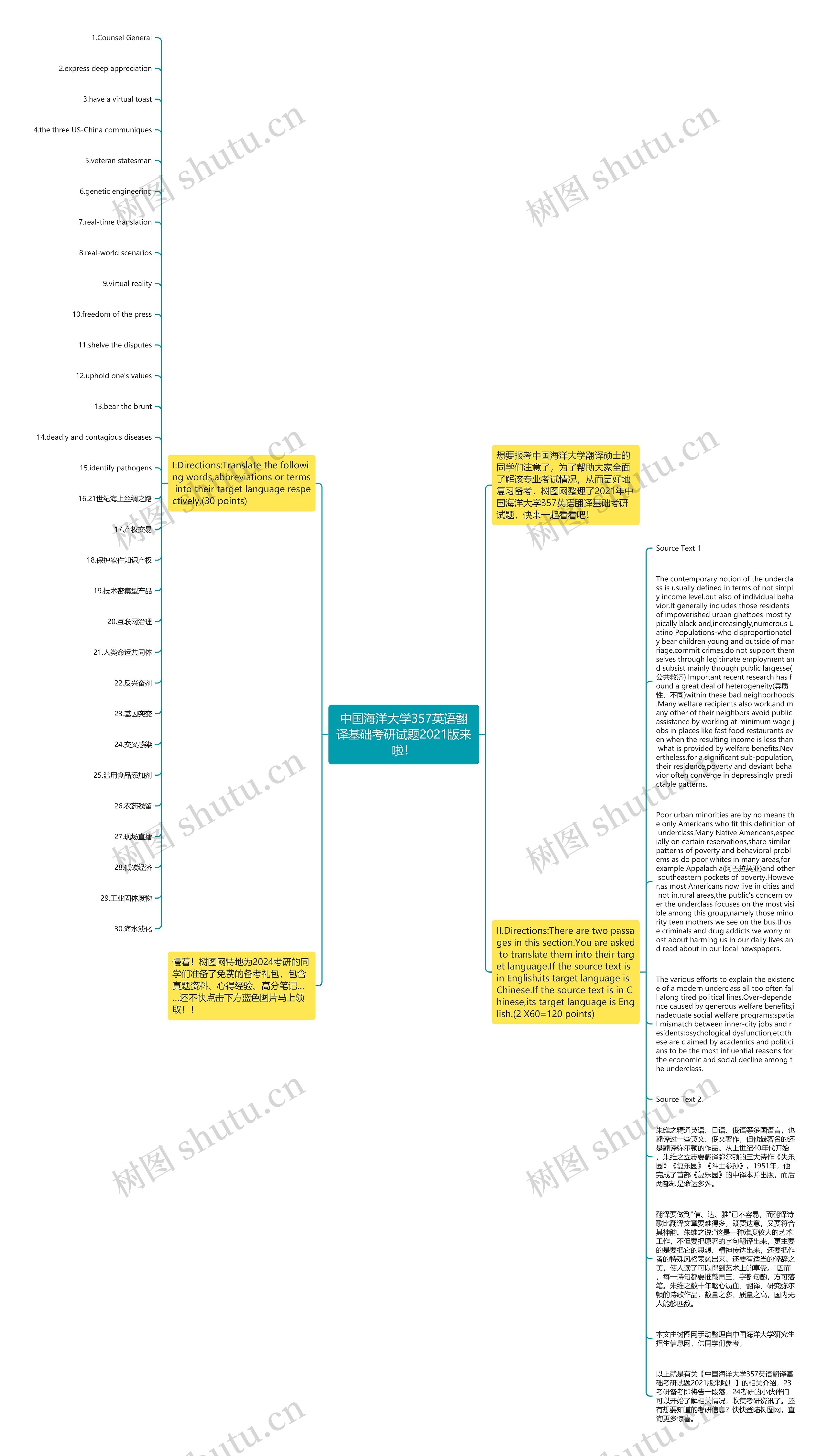
 U633687664
U633687664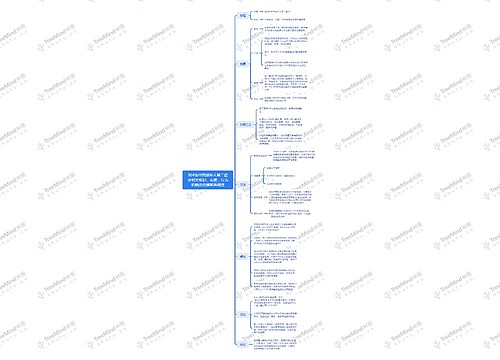
 U880113127
U880113127